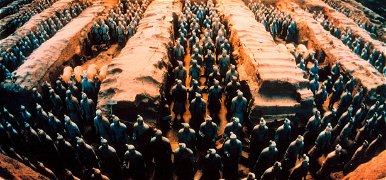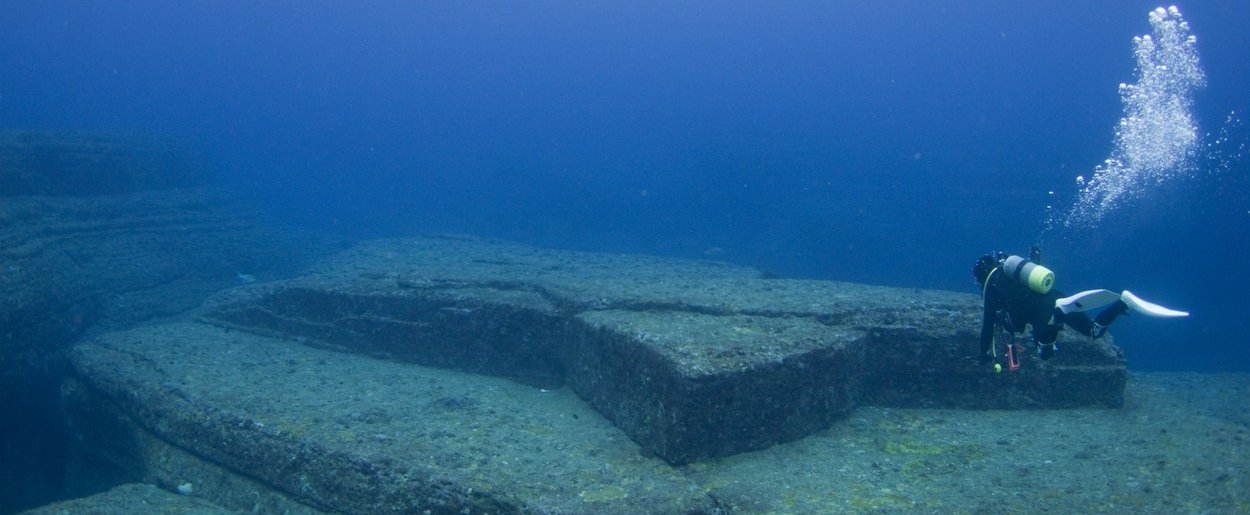belonging to Japan Greek Islands In addition, amazing, massive, and pyramid-like works were found on the sea floor, all of which were discovered by a diver while diving. After the colossal creations, the place was also named Japanese Atlantis, as the shapes look as if a whole big city appeared next to the Japanese coast.
Of course, scientists do not understand exactly what these creations could represent, while many experts talk about pyramids similar to their Egyptian counterparts, some scholars believe that these are not artificial creations, but were formed as such by nature, they were created as a result of erosion in the centuries previous.
Not only did geologists appear in the area almost immediately, but historians also rushed there to study the rocks under the sea with the help of the latest technology.
However, according to many scholars, this is indeed the imprint of a people who lived before. The ruins are 2-3000 years old, and these works have already been used as buildings in the past. This theory is also supported by the fact that underwater caves were found in the area, where stalactites were also found, so there must have been dry land here at that time. According to many, they may be remnants of a long-lost people, the Jomon people who inhabited the area before the Japanese, and who showed themselves long after. The ruins mostly resemble stepped ziggurat-like pyramids seen in other parts of the world and protrude from their surroundings.
Although there is no consensus among scholars regarding the examination of the remains, experts agree that earlier these figures could have surfaced and later sank.
This is what the underwater ruins look like:

The giant pyramid is forbidden to be opened until the year 2050, even though they know that it is hiding something amazing
Read more…
Read more…












































